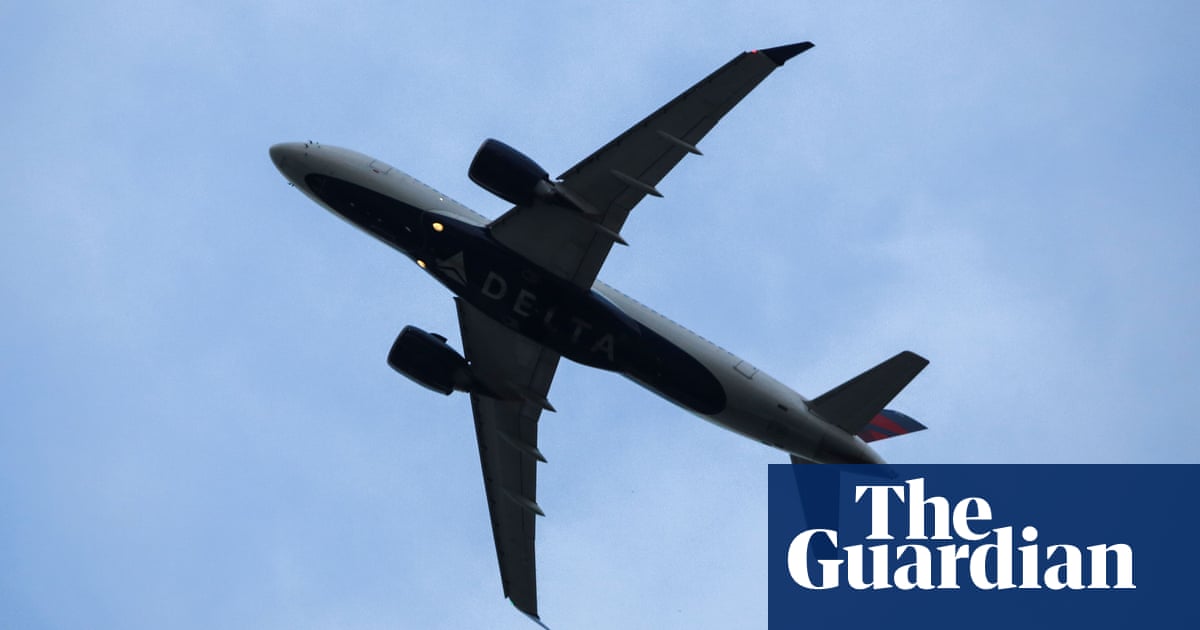The telecom companies have agreed to push back the roll-out of their 5G services over concerns it will affect airplane security
Carly Olson
Late Monday, Verizon and AT&T agreed to a two-week delay rolling out their new 5G technology.
The technology was slated to launch on Wednesday, but in response to fears that the 5G service will impact airline safety – and amid threats from the Federal Aviation Administration (FAA) to ground or divert flights at a time when the travel industry is already playing catch-up from recent weather and Covid-related flight disruptions – the telecom companies agreed to a pause.
Here’s what you need to know about the controversy:
What is 5G?
5G is the newest generation of cellular network, following 4G, which was introduced in late 2009 and is used on most US cell phones today. Nearly every ten years since 1980, a new generation network has arrived, offering faster speeds and expanded capabilities. At the simplest level, 1G allowed for phone calls, 2G brought messaging, and 3G provided Internet access. Today, on 4G, users can download apps, stream video, and more, with relative ease and speed.
The fifth generation is expected to offer new levels of speed – making it possible, for example, to download a movie to one’s phone in seconds – and allow more devices to be connected to a network at once. The latter is increasingly important in our crowded cellular landscape. (Ever been in a concert or stadium unable to send messages?)
“Those types of data rates could enable virtual reality applications or autonomous driving cars,” Harish Krishnaswamy, an associate professor of electrical engineering at Columbia University, told Live Science.
Why is the US airline industry concerned about 5G?
To execute the upgrade, cellular networks plan to move operations onto a new band of radio frequencies called the C-Band. Last year, Verizon and AT&T spent a combined $67bn acquiring the C-Band spectrum licenses needed to upgrade their networks to 5G, according to Forbes.
But some aircraft regulators worry that planes’ radio altimeters, which measure how far above ground a plane is to help pilots land their crafts in low visibility situations and also operate on C-Band frequencies, could be disturbed by 5G.
Can 5G and the aviation industry coexist?
The Federal Communications Commission (FCC), the FAA and telecom carriers all agree that 5G and airline travel can exist together. In fact, they already do in nearly 40 countries.
The telecom companies have pointed out that there have not been any accidents in other countries where 5G is operational and American airlines regularly fly to those countries.
The FAA, too, has said that “5G and aviation have safely coexisted in other countries”. That’s because in those regions, “power levels have been reduced around airports and the industries have worked together prior to deployment”, the agency said in a 3 January statement.
So what’s the problem in the US?
The discussions over how the transition should take place in the US, however, have been brewing for years and intensified in recent months.
Verizon and AT&T had initially planned to launch 5G in December and until last week, appeared unwilling to postpone it further. But amid pushes from both Steve Dickson, the head of the FAA, and Transportation Secretary Pete Buttigieg, to delay the rollout to allow for further coordination, they relented on Monday.
Both companies have proposed several measures to mitigate the possible impact of the switch to 5G, including reducing the strength of their 5G around airports and helipads, and operating 5G service at lower power levels nationwide for the first six months.
The FAA has thanked the companies for those proposals, but said the pause remained necessary to create “additional time and space to reduce flight disruptions associated with this 5G deployment”. It remains unclear what specific actions will be taken in the two-week period.
“At Secretary Buttigieg’s request, we have voluntarily agreed to one additional two-week delay of our deployment of C-Band 5G services,” an AT&T spokesperson said by email. “We also remain committed to the six-month protection zone mitigations we outlined in our letter. We know aviation safety and 5G can coexist and we are confident further collaboration and technical assessment will allay any issues.”
“While the airline industry faces many challenges, 5G is not one of them,” Hans Vestberg, chairman and CEO of Verizon, said in an email to employees today.
“In November, we agreed to pause activation until January to give the FAA more time for their analysis. We also voluntarily offered to implement a number of temporary proactive protective measures, including reducing 5G power levels near airports and directing 5G nodes away from airports … Despite our efforts and the overwhelming scientific data, the FAA still has not resolved all of its questions.”
{{topLeft}}
{{bottomLeft}}
{{topRight}}
{{bottomRight}}
{{/ticker}}
{{heading}}
{{#paragraphs}}
{{.}}
{{/paragraphs}}{{highlightedText}}
{{#choiceCards}}{{/choiceCards}}
